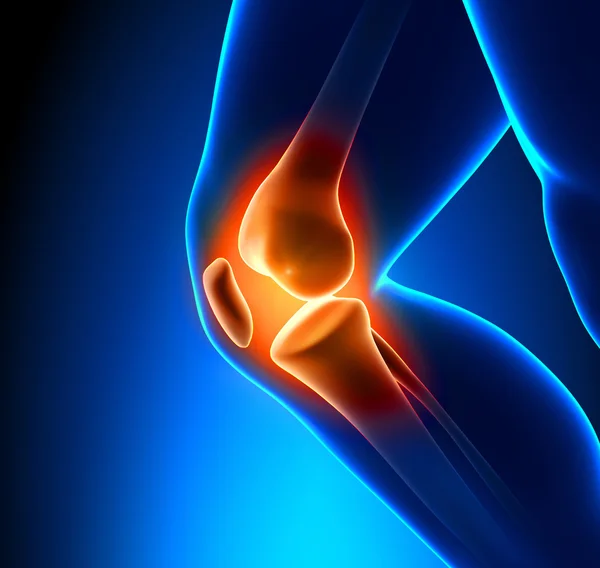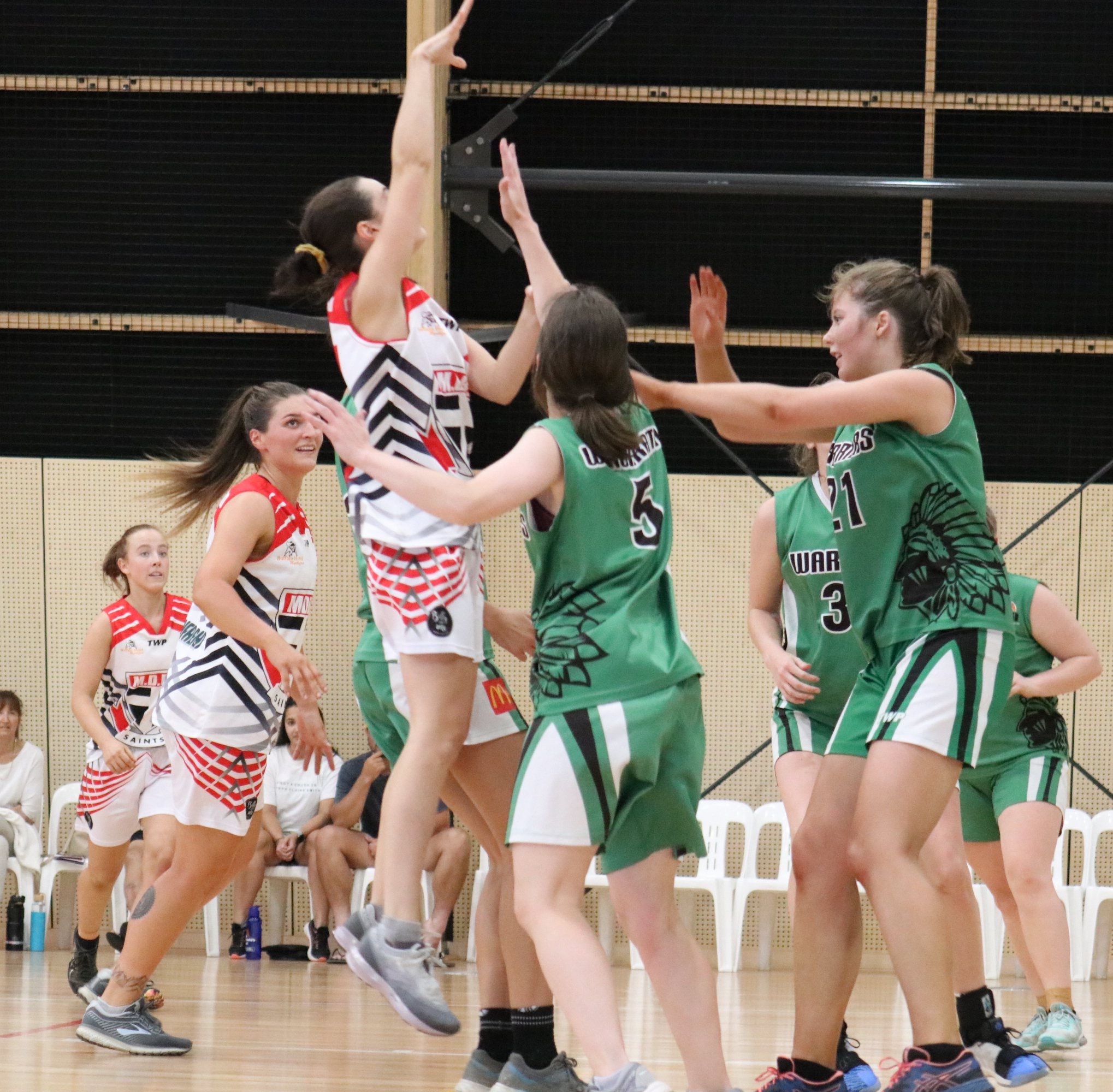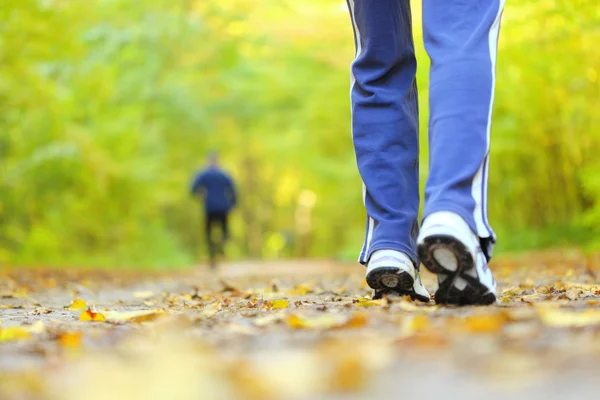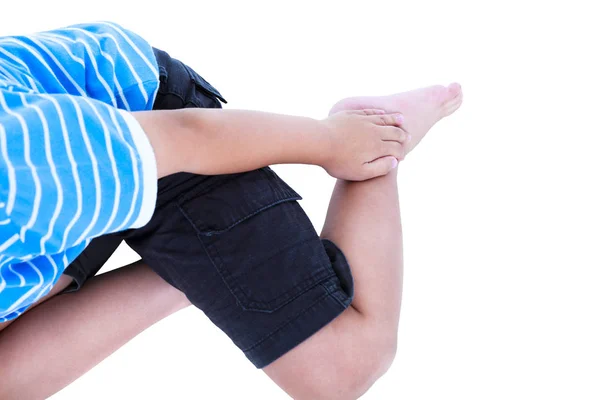Do you experience knee pain going up or down stairs?
Does your knee ache if stuck in a bent position for too long, like when driving?
Do you have trouble bending down to get something off the floor?
If you answered yes to any or all of these questions, you may have patellofemoral pain. Continue reading to find out more:
What is Patellofemoral Pain?
Patellofemoral pain is pain arising from the knee cap (patella) or the supporting tissues around the knee cap. It is one of the top 3 causes of knee pain we see in our practice and occurs when the patella is not moving or working correctly. Sometimes there may be some early arthritis of the patella and often there is swelling or fluid in the front of the knee. If you have a weak hip, poor gait pattern or a particular foot shape, this makes things worse.
How do I know if I have Patellofemoral Pain?
A diagnosis of patellofemoral pain is made based on your history, the location of your symptoms, and pain that is reproduced with certain physical tests and not others. Most often patients report pain that is somewhere in the front of the knee, around or “underneath” the knee cap. Your pain may be difficult to pinpoint and this is one of the hallmark features of patellofemoral pain. The activities that trigger or reproduce your pain will often include going up or down stairs, rising from a chair after sitting, bending down to get to the floor, or having your knee in a flexed (bent knee) position for too long. There is often, but not always, some swelling in the front of the knee. An x-ray is not necessary to make a diagnosis, but it may be used to rule out serious or specific causes of your knee pain.
What Can I do to Help Myself?
As mentioned above, patients with patellofemoral pain often have extra fluid in the front of the knee. This stops your leg muscles working properly. Get rid of the fluid and we can start training your leg muscles, which is an important step to getting you moving and feeling better. UseLektric SodaorBexter’s Crystalsin a stocking and wrap around the front of your knee overnight. Over 1-2 nights any excess fluid will be “drawn” out of the knee and often patients say their knee moves and feels better after this. If you need some Bexter’s Crystals, give Mary or Racquel a call on 6056 6616and we can help you out.
Can Physio Help?
Patellofemoral Pain is very treatable and the majority of patients are able to get rid of their pain and return to their normal activities. There are 6 key areas to focus on in treating patellofemoral pain including strengthening the hip and knee muscles and examining the foot to see if it is contributing to your pain. The key to successful treatment is identifying the key impairments and contributing factors to your individual situation and then addressing them with a targeted treatment plan. This is not a “cookie-cutter” approach and one patient’s treatment program may be different to the next.
What Should I do Next?
If you are struggling with knee pain and this article resonates with you, call our friendly and helpful front desk team on 6056 6616 – they can help you find a day and time to come in and see one of our experienced physiotherapists for an initial appointment. If you would like to see our physio’s in action, watch some of our videos on knee pain by clicking here. If you want to know about other causes of knee pain, read our main article –Three Common Causes of Knee Pain.
To Your Better Health,
The Team at Personal Best






